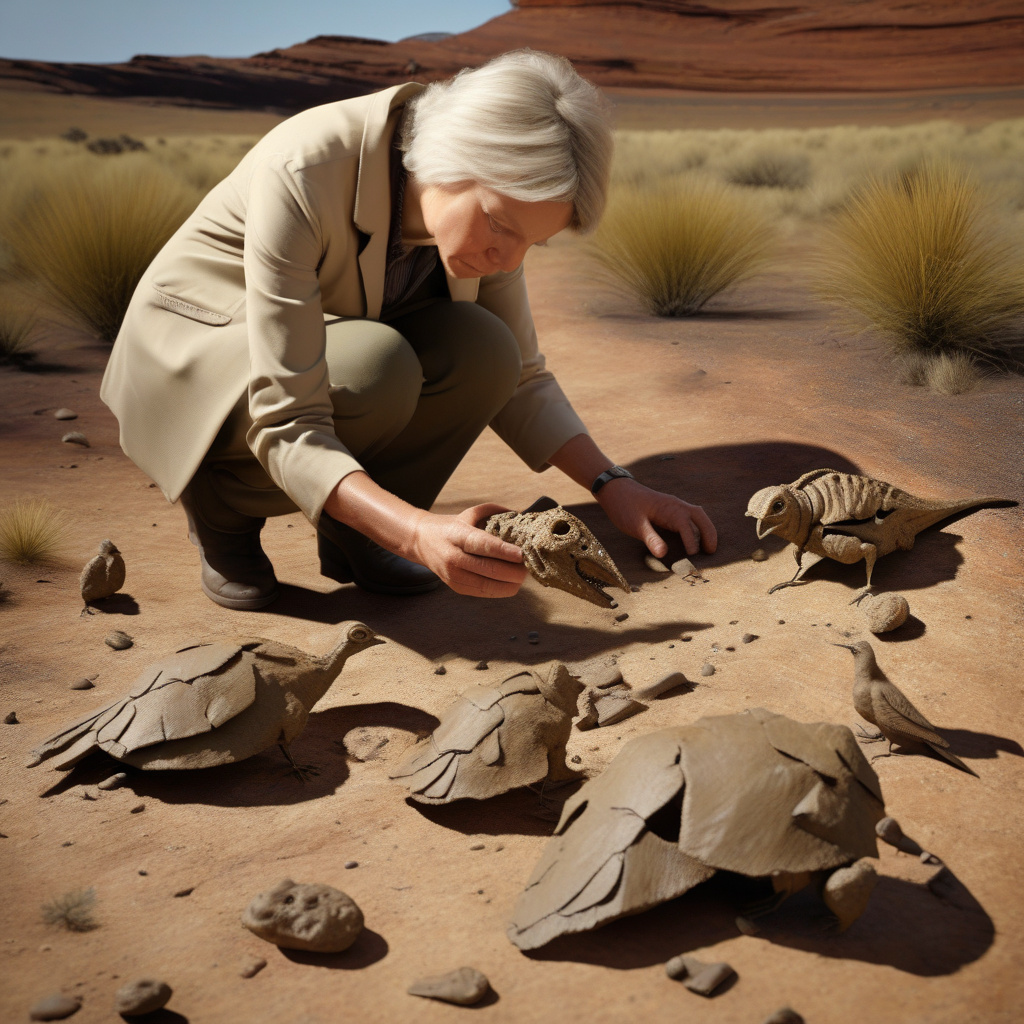18-million-year-old Songbird Ancestor Fossil Unearthed at Famous Australian Site
At one of the most significant sites in the world, a groundbreaking fossil was discovered: an 18-million-year-old songbird ancestor, shedding light on the evolution of birdsong. The fossil was found in the Riversleigh World Heritage Area in north-western Queensland, Australia, renowned for its rich and diverse fossil deposits dating back millions of years.
This remarkable discovery provides crucial insights into the early stages of avian evolution, specifically the development of the syrinx, the vocal organ unique to birds that allows them to produce complex sounds. The fossilized remains of this ancient songbird precursor offer a rare glimpse into the origins of vocal communication in birds, a trait that plays a vital role in courtship, territorial defense, and social bonding among avian species.
Researchers believe that the 18-million-year-old fossil represents a pivotal point in avian history, marking the emergence of traits essential for the diverse array of songs and calls observed in modern birds. By studying the structure of the syrinx in this ancient ancestor, scientists can piece together the evolutionary trajectory that led to the astonishing vocal abilities of contemporary bird species.
The significance of this discovery extends beyond the realm of paleontology, with potential implications for fields such as cognitive science and linguistics. The study of birdsong offers valuable insights into the neural mechanisms underlying vocal learning and communication, providing researchers with a model system to investigate the evolution of complex behaviors in vertebrates.
Moreover, the finding of the 18-million-year-old songbird ancestor highlights the importance of preserving sites like the Riversleigh World Heritage Area, which serve as windows into the distant past. These irreplaceable repositories of ancient life offer unparalleled opportunities to unravel the mysteries of evolution and gain a deeper understanding of the natural world.
As we marvel at the intricacies of avian vocalizations today, let us not forget the humble beginnings of birdsong traced back to an ancient ancestor that lived millions of years ago. The discovery of this fossil serves as a testament to the enduring legacy of evolution and the remarkable adaptations that have shaped life on Earth over eons.
In conclusion, the unearthing of the 18-million-year-old songbird ancestor fossil at the famous Australian site stands as a testament to the power of paleontological research in illuminating the origins of avian vocalizations. This remarkable find not only deepens our understanding of bird evolution but also underscores the importance of preserving our natural heritage for future generations to explore and appreciate.
fossil, songbird, ancestor, Australian site, evolution












